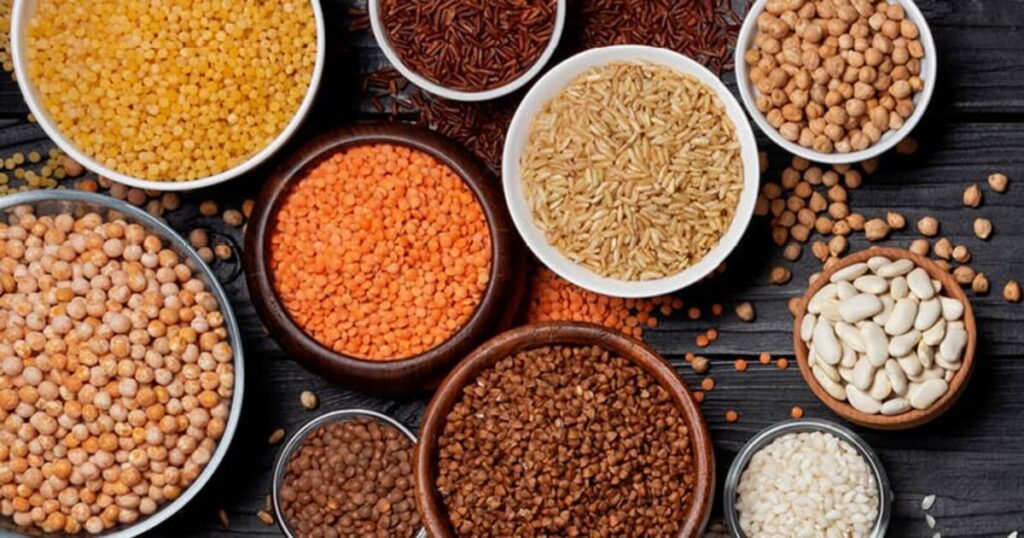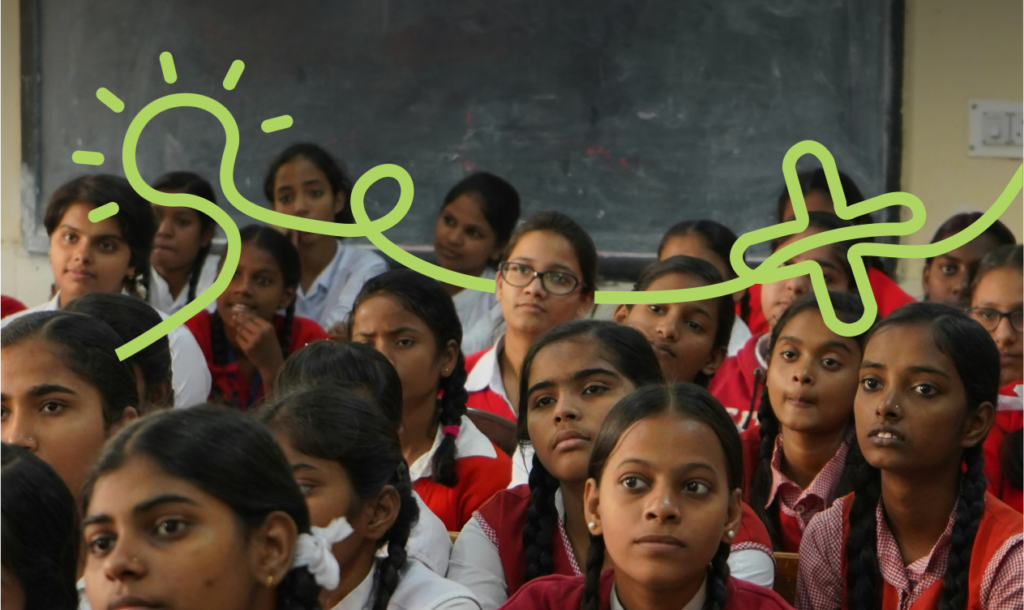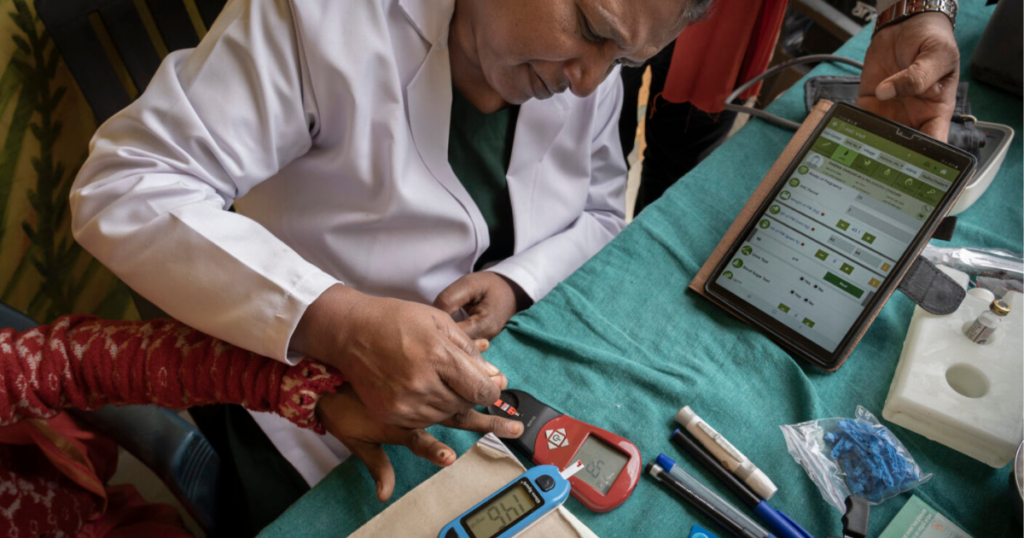Millets in India are undergoing a renaissance and we see a strategic shift to maximise their potential as the ‘crops of the future’. The central government has been attempting to revitalise the supply and demand of millets in India from 2012. India is leading the discourse on developing global awareness, and has contributed majorly towards the recognition of 2023 as the International Year of the Millets by the United Nations. States across India have also kickstarted efforts to leverage the value of their homegrown millets. The potential of millets is well understood, and the steps to realise it are being taken in the right direction.
Challenges and shortcomings
Millet production rates are still below expectations, because farmers are not properly incentivised, and they do not get beneficial returns from growing millets. Challenges in the production and promotion of millets include:
- Insufficient production and supply of millets due to competition from other staple crops in terms of production, productivity and low investment in research and development.
- Lower per unit remuneration and incentives for millet growers due to shortcomings in the implementation of minimum support price (MSP) and limited availability of processing facilities.
- Weak consumer awareness and demand.
- Inadequate inclusion in government interventions like the Public Distribution System.
- States can identify best practices across Millet Missions based on support across value chain components. These can guide infrastructure development, capacity building, research and development, and marketing support.
Recommendations
The way forward to facilitate scale, innovation and demand for millets is by strengthening support across the value chain through effective public-private partnerships. Scale can be achieved through focused research and development (R&D) support for local seed varieties. These could be coupled with dedicated pricing for millets through MSP, along with state-led promotion of the benefits of agricultural diversification.
Enabling scale would also require support from government and private players like agritech companies who can bring rigour to the processes. Agritech players can bring forth the value of technology to the processes, while NGOs and other community-led institutions can help drive this action efficiently at the local level.
Rural populations should be engaged through the integration of millets across all development programmes in India. Commercialisation and standardisation of millets can be enabled by homogenising their brand value at a national level, leveraging the support of standardisation authorities like Food Safety and Standards Authority of India (FSSAI) in defining nutritional limits on food composition, and conducting routine consumer surveys.
Authors: Ayushi Baloni and Ashutosh Choudhary
Technical review: Debaranjan Pujahari




